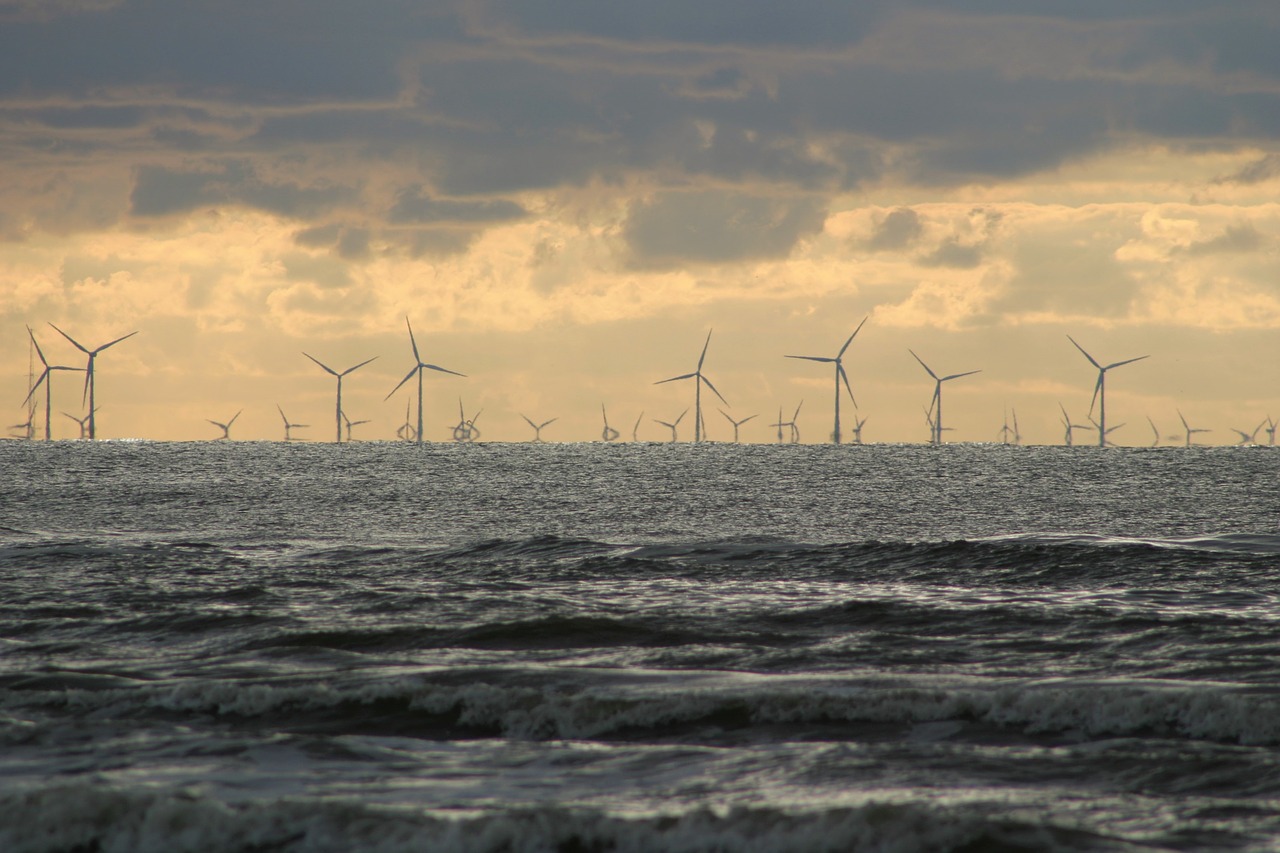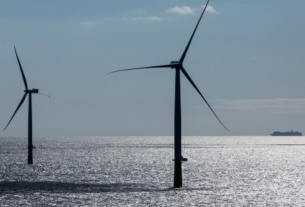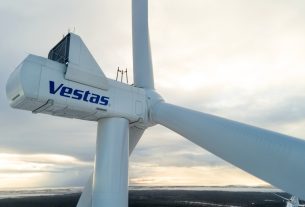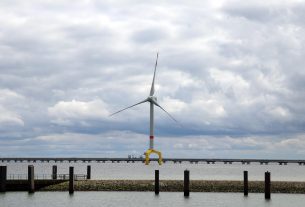Poland – ZE PAK, Poland’s largest privately held energy producer, is actively transitioning from coal to renewables, and Ørsted, a global leader in offshore wind with 30 years of experience, have signed a letter of intent to participate in the next auction for Baltic Sea seabed licenses in Poland.
The next step for ZE PAK and Ørsted will be to form a 50/50 joint venture, which will be subject to merger approval. The two businesses will take part in a joint auction for seabed rights in the Polish Baltic Sea. If the lease auction is successful, the partners want to jointly bid in Poland’s future offshore wind CfD auctions, which are scheduled for 2025 and 2027, to further expand their footprint and investments to support Poland on its journey to climate neutrality.
Poland has stated its intention to diversify the country’s energy mix through large-scale renewables deployment, reducing coal’s contribution of power generation from around 70% currently to 11-28 percent by 2040. Poland currently has no offshore wind farms, but as part of its transition to a low-emission energy system, Poland plans to develop 5.9 GW of offshore wind by 2030 and 11 GW by 2040.
ZE PAK is Poland’s fifth-largest electricity generator. ZE PAK, which is listed on the Warsaw stock exchange, has begun the shift from fossil-based to renewable energy generation. ZE PAK has opted to phase out coal-fired power generation by 2030 and plans to enter the burgeoning renewable hydrogen market to help decarbonize other sectors like as heavy transportation and heavy industries.
The partnership of Ørsted and ZE PAK ensures a solid financial foundation, world-class knowledge, and a clear desire to assist Polish enterprises in becoming a part of a global growth industry.
Ørsted presently has a total of 12 GW of installed renewable capacity, 7.6 GW of which is spread over 28 offshore wind farms. Ørsted anticipates installing 15 GW of offshore wind capacity by 2025, and 30 GW by 2030.




